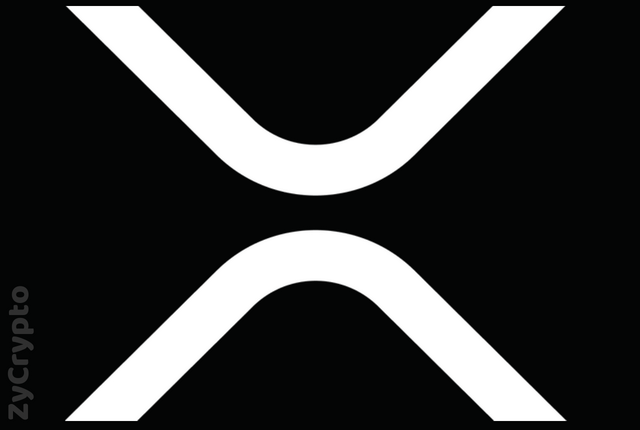Ripple own cryptocurrency XRP has lost more than 1000% of its value within the last 7 months. After dropping from its highest value of $3.84 in Jan this year to a present value that is less than $0.33 as of the time of writing.
It has continually gained more partnership and also continued to diversify with the recent conclusion of the test rum of xRapid that attracted 10 payment platforms with three of them already settled with it since it could process international payments at a time rate of 3 minutes which is one of the fastest in the industry at present.
However, its CTO David Schwartz wrote about the opinion of some tech giants that Ripple blockchain could not be classified as decentralized blockchain. Presently, for any change to happen within the Ripple blockchain.
Its consensus mechanism requires 80% validators from the 150 to fulfil it, and this percentage must be sustained within two weeks of the voting for it to be implemented, although Ripple could only contribute 7% to it, unlike ethereum blockchain where a single miner has more than 50% hashrate.
To support his position that XRP ledger deserves to be called a decentralized blockchain like the ethereum and bitcoin blockchains, Schwartz gave three reasons to support his position. They are:
1) The consensus protocol of the XRP ledger system: he stated that,
“The XRP Ledger uses a consensus protocol that relies on a majority of validators to record and verify transactions without incentivizing any one party (this is one of the main reasons why I began working on XRP Ledger more than six years ago). Validators are different from miners because they aren’t paid when they order and validate transactions. Today, these validators operate at locations across the globe and are run by a broad range of individuals, institutions, asset exchanges and more.”
2) The rate and cost of completing transactions: he noted that the Ripple blockchain has one of the fastest and cheapest way of sending money, even though it is not mined like bitcoin and ethereum which are the only two currencies that are more than its crypto coin XRP in market capitalization.
Miners control the fees paid as gas while Ripple uses a fee escalation system to determine transaction cost.
3) Ripple blockchain uses the Unique node List(UNL): This ensures that only validators authorized and trusted by users could complete transaction, where the UNL represents the validators. David said, “The XRP Ledger is and always has been inherently decentralized because the users always retain the freedom to change their UNLs and the corresponding validators that they trust.
For example, if a party controlling a large number of validators abused that power to propose changes that served only its own interests, users operating nodes could simply remove the party’s validators from their UNLs and rely on other validators that more closely represented their interests.”






